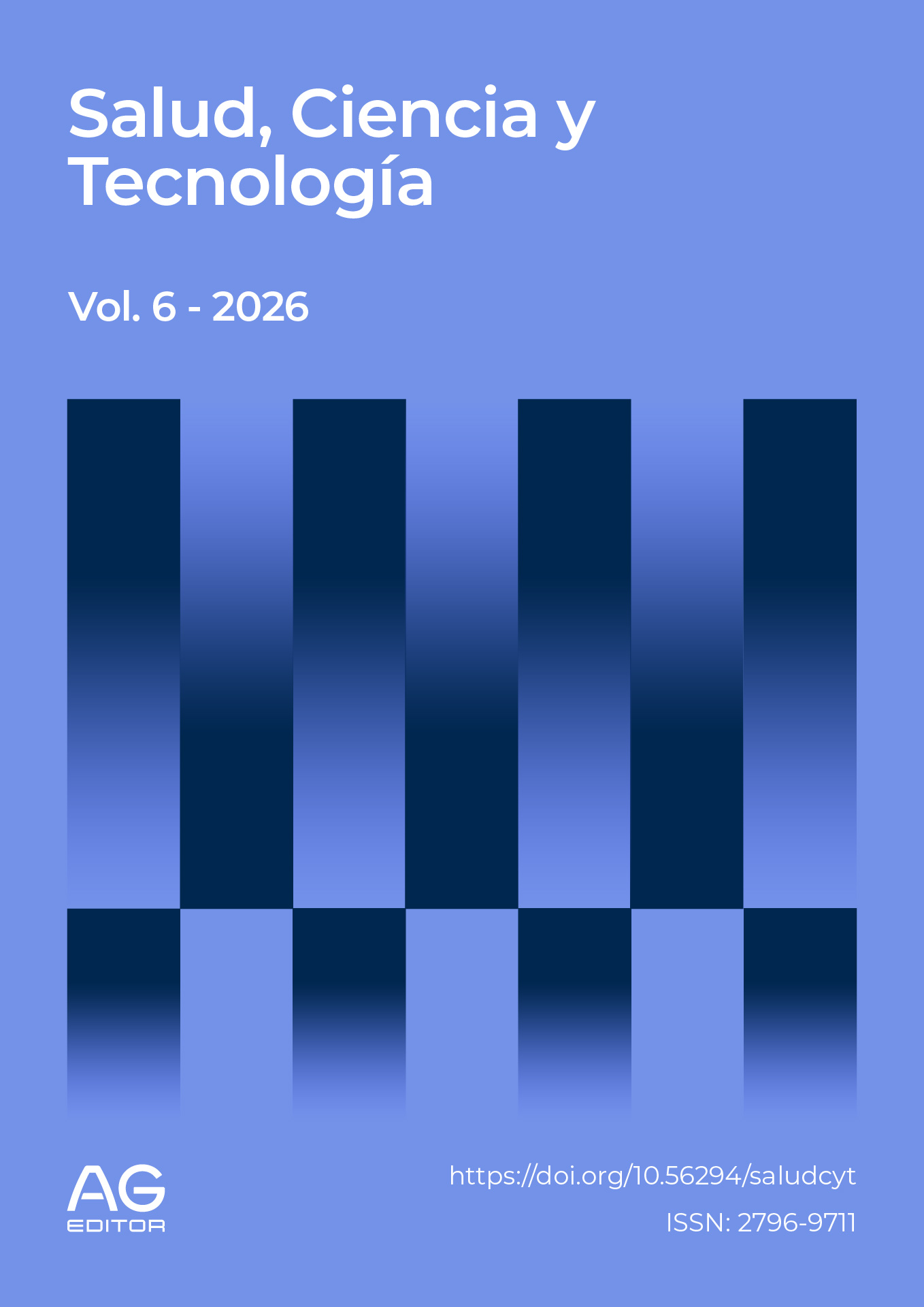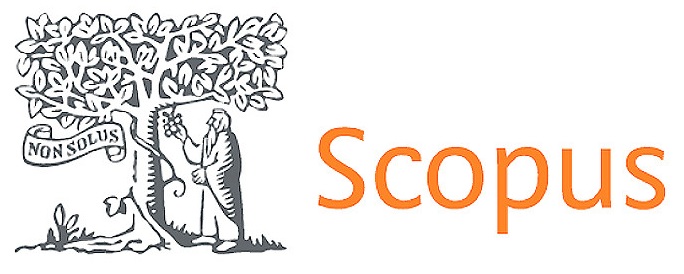Teacher Preparedness for Technology-Enhanced English Language Instruction: Insights from Island-Based Teacher Education
DOI:
https://doi.org/10.56294/saludcyt20262328Keywords:
Teacher trainees, technology integration, English language instruction, teacher preparedness, island education, Andaman Nicobar IslandsAbstract
Background: integrating technology into English language teaching has become essential, especially in geographically isolated areas where conventional educational resources are scarce. The unique geography of the Andaman Nicobar Islands creates both obstacles and possibilities for technology-enhanced language education.
Objective: to examine how well teacher trainees in the Andaman Nicobar Islands are prepared to implement technology-enhanced English language instruction, while identifying key factors that shape their readiness and skill levels.
Method: using a mixed-methods design, we studied 284 teacher trainees from three teacher education institutions across the Andaman Nicobar Islands. Data came from a validated Technology Integration Preparedness Scale (TIPS), demographic surveys, and focus group sessions. We performed descriptive statistics, independent t-tests, ANOVA, and correlation analyses through SPSS 29.0.
Results: teacher trainees showed moderate technological preparedness levels (M = 3,42, SD = 0,76), with notable differences based on previous technology exposure (t(282) = 4,23, p < ,001) and academic focus (F(3,280) = 8,91, p < ,001). Island-specific obstacles included unreliable internet access (78 % experienced problems) and inadequate technological infrastructure at training institutions.
Conclusions: although teacher trainees express enthusiasm for technology integration, systematic enhancements to teacher education programs and infrastructure development remain crucial for effective technology-enhanced English language instruction in island settings.
Downloads
Published
Issue
Section
License
Copyright (c) 2026 Neeta Chandra, R. Vaijayanthi (Author)

This work is licensed under a Creative Commons Attribution 4.0 International License.
The article is distributed under the Creative Commons Attribution 4.0 License. Unless otherwise stated, associated published material is distributed under the same licence.



